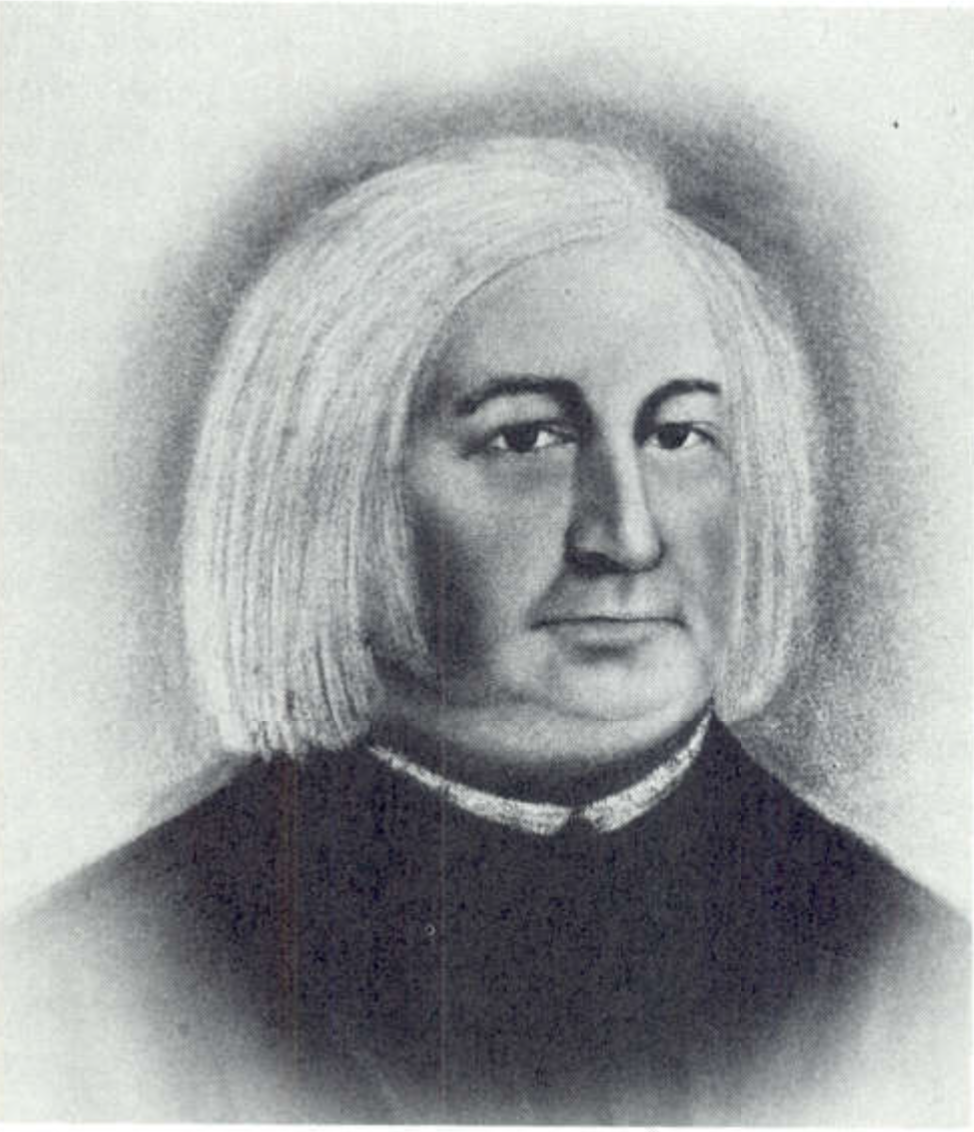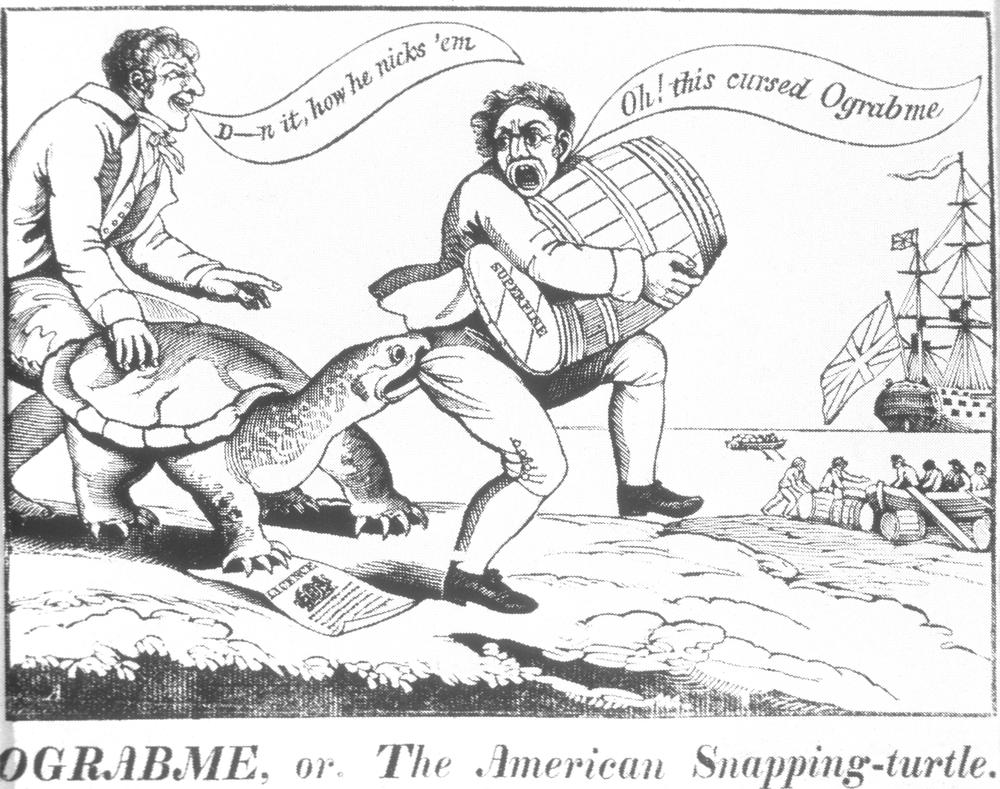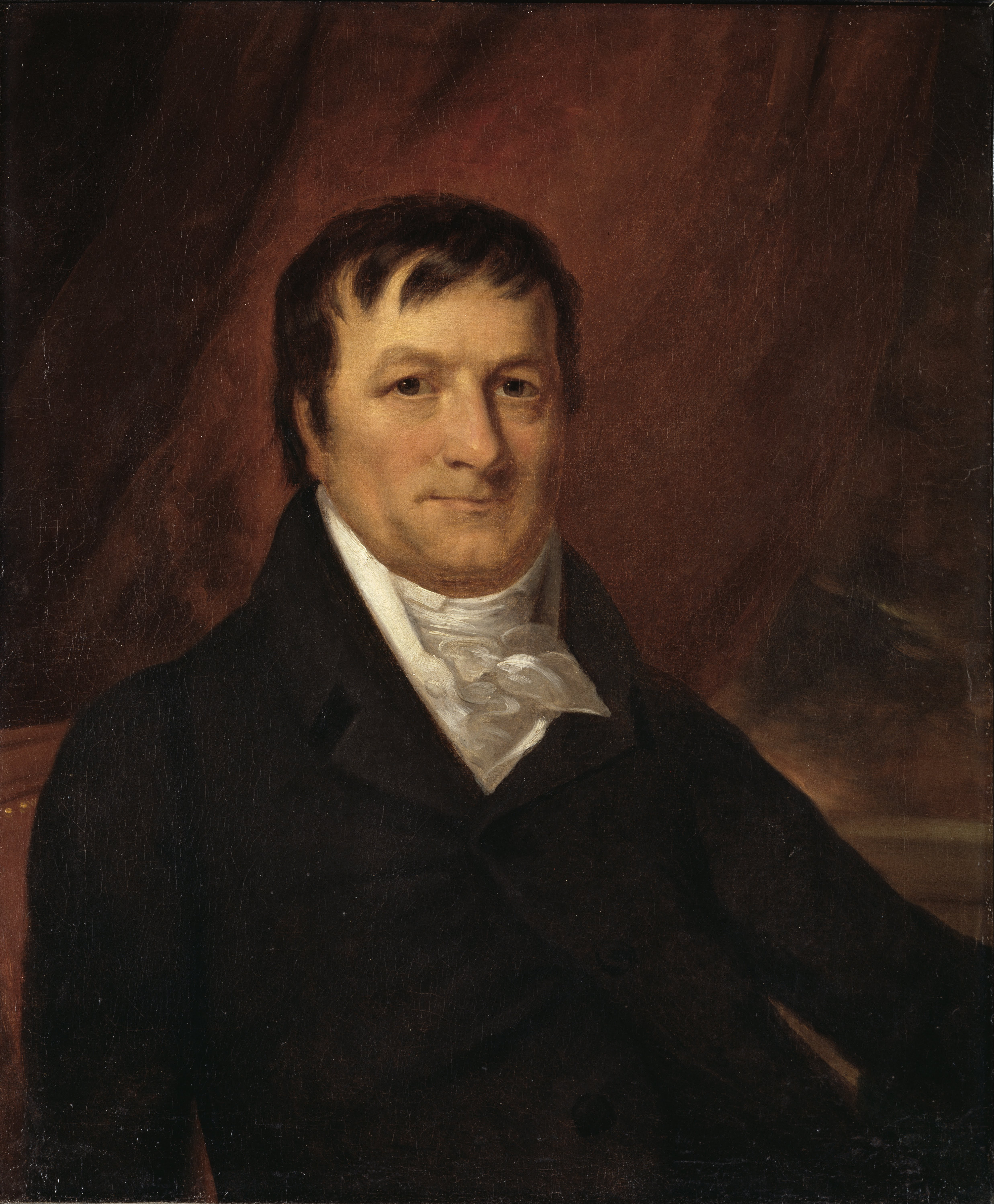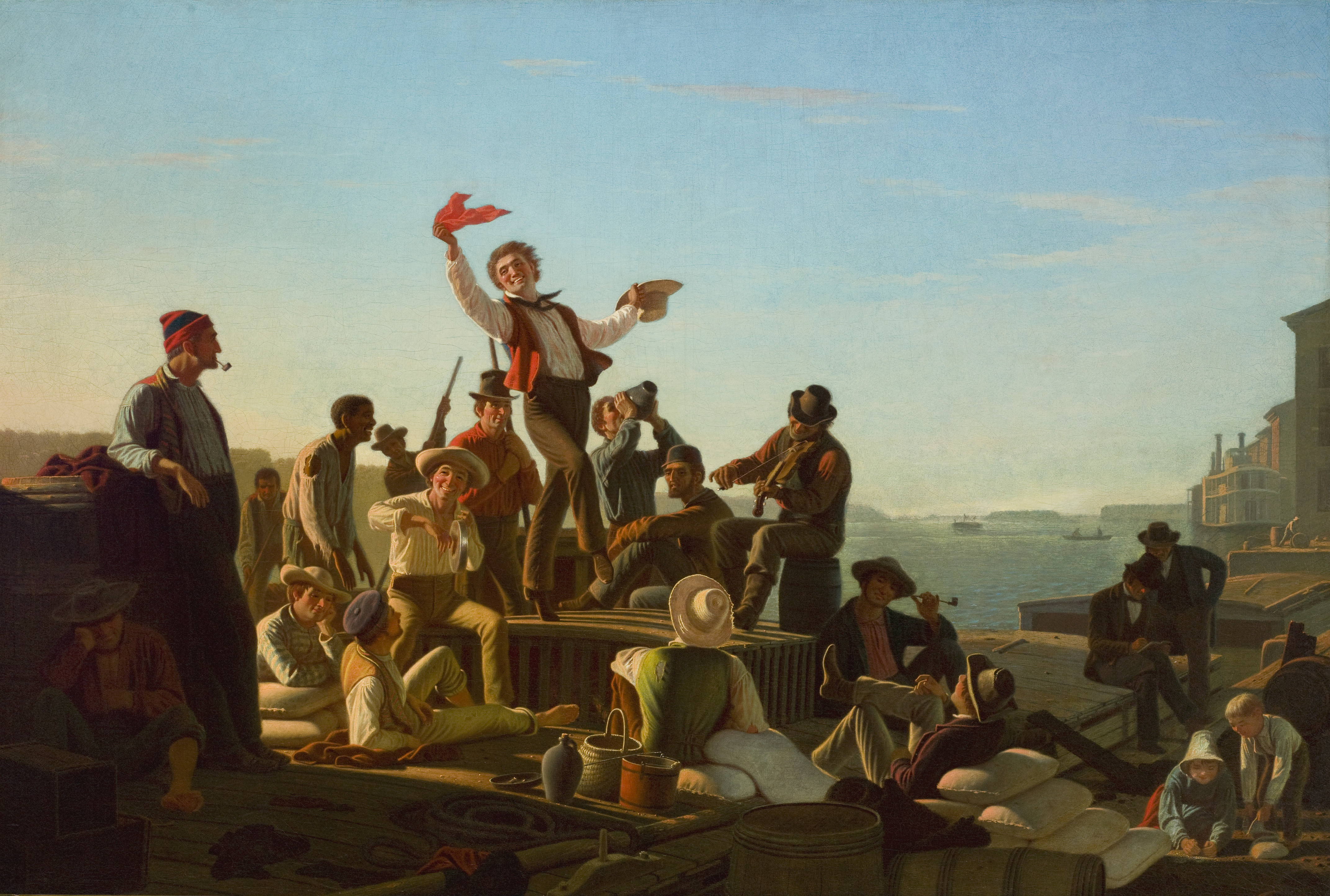|
John Lawe
John Lawe (December 6, 1779 - February 11, 1846) was a pioneer fur trader, merchant, land speculator, sawmill owner and judge in Green Bay, Wisconsin, Green Bay, Wisconsin Territory. He served in the brief "Rump Council" which may be regarded as the first legislature of what was to become Wisconsin. Background Although the family history is fragmentary and contradictory, Lawe seems to have been born December 6, 1779, in Montreal, son of Captain William Lawe (a native of York) and Rachel or Midd Franks, a member of the prominent Judaism, Jewish Franks family of Quebec and British North America. (David Franks (aide-de-camp), David Salisbury Franks was John's great-uncle.) His father died a few years later, and he and his mother joined her brother Jacob Franks, a fur trade clerk in Montreal. Young Lawe became a classmate of Jean Joseph Rolette. In 1790, Lawe's mother went to the East Indies to join another of her brothers, and neither John nor Jacob ever learned what happened to he ... [...More Info...] [...Related Items...] OR: [Wikipedia] [Google] [Baidu] |
John Lawe Of Green Bay
John is a common English name and surname: * John (given name) * John (surname) John may also refer to: New Testament Works * Gospel of John, a title often shortened to John * First Epistle of John, often shortened to 1 John * Second Epistle of John, often shortened to 2 John * Third Epistle of John, often shortened to 3 John People * John the Baptist (died c. AD 30), regarded as a prophet and the forerunner of Jesus Christ * John the Apostle (lived c. AD 30), one of the twelve apostles of Jesus * John the Evangelist, assigned author of the Fourth Gospel, once identified with the Apostle * John of Patmos, also known as John the Divine or John the Revelator, the author of the Book of Revelation, once identified with the Apostle * John the Presbyter, a figure either identified with or distinguished from the Apostle, the Evangelist and John of Patmos Other people with the given name Religious figures * John, father of Andrew the Apostle and Saint Peter * Pop ... [...More Info...] [...Related Items...] OR: [Wikipedia] [Google] [Baidu] |
Fox River (Wisconsin)
The Fox River is a river in eastern Wisconsin in the Great Lakes region of the United States. It is the principal tributary of the Bay of Green Bay, and via the Bay, the largest tributary of Lake Michigan. The well-known city of Green Bay, one of the first European settlements in North America, is on the river at its mouth on lower Green Bay. Hydrographers divide the Fox into two distinct sections, the Upper Fox River, flowing from its headwaters in south-central Wisconsin northeasterly into Lake Winnebago, and the Lower Fox River, flowing from Lake Winnebago northeasterly to lower Green Bay. Together, the two sections give the Fox River a length of .U.S. Geological Survey. National Hydrography Dataset high-resolution flowline dataThe National Map, accessed December 19, 2011 Counting the distance through Lake Winnebago gives a total of . The Fox River (Green Bay tributary) should not be confused with the Fox River (Illinois River tributary) which also flows through Wisco ... [...More Info...] [...Related Items...] OR: [Wikipedia] [Google] [Baidu] |
Embargo Act Of 1807
The Embargo Act of 1807 was a general trade embargo on all foreign nations that was enacted by the United States Congress. As a successor or replacement law for the 1806 Non-importation Act and passed as the Napoleonic Wars continued, it represented an escalation of attempts to coerce Britain to stop any impressment of American sailors and to respect American sovereignty and neutrality but also attempted to pressure France and other nations in the pursuit of general diplomatic and economic leverage. In the first decade of the 19th century, American shipping grew. During the Napoleonic Wars, rival nations Britain and France targeted neutral American shipping as a means to disrupt the trade of the other nation. American merchantmen who were trading with "enemy nations" were seized as contraband of war by European navies. The British Royal Navy had impressed American sailors who had either been British-born or previously serving on British ships, even if they now claimed to be ... [...More Info...] [...Related Items...] OR: [Wikipedia] [Google] [Baidu] |
Lac Du Flambeau Band Of Lake Superior Chippewa
The Lac du Flambeau Band of Lake Superior Chippewa (called ''Waaswaaganing'' in Ojibwe) is a federally recognized Ojibwa Native American tribe. It had 3,415 enrolled members as of 2010. The Lac du Flambeau Indian Reservation lies mostly in the Town of Lac du Flambeau in south-western Vilas County, and in the Town of Sherman in south-eastern Iron County in the U.S. state of Wisconsin. It has a land area of and a 2020 census resident population of 3,518 persons. Its major settlement is the unincorporated Lac du Flambeau, which had a population of 1,845 persons. Located at ''Waaswaagani-zaaga'igan'' (French: ''Lac du Flambeau''; English: ''Torch Lake''), the reservation of the Lac du Flambeau Band was established under the Treaty of 1854. The band had occupied this area since 1745, when it defeated the Sioux in the last battle between the peoples, driving them to the west. The Ojibwe had gradually migrated over centuries from the Atlantic coast. With renewed self-governm ... [...More Info...] [...Related Items...] OR: [Wikipedia] [Google] [Baidu] |
Columbia River
The Columbia River (Upper Chinook: ' or '; Sahaptin: ''Nch’i-Wàna'' or ''Nchi wana''; Sinixt dialect'' '') is the largest river in the Pacific Northwest region of North America. The river rises in the Rocky Mountains of British Columbia, Canada. It flows northwest and then south into the U.S. state of Washington, then turns west to form most of the border between Washington and the state of Oregon before emptying into the Pacific Ocean. The river is long, and its largest tributary is the Snake River. Its drainage basin is roughly the size of France and extends into seven US states and a Canadian province. The fourth-largest river in the United States by volume, the Columbia has the greatest flow of any North American river entering the Pacific. The Columbia has the 36th greatest discharge of any river in the world. The Columbia and its tributaries have been central to the region's culture and economy for thousands of years. They have been used for transportation since a ... [...More Info...] [...Related Items...] OR: [Wikipedia] [Google] [Baidu] |
Astor Expedition
The Pacific Fur Company (PFC) was an American fur trade venture wholly owned and funded by John Jacob Astor that functioned from 1810 to 1813. It was based in the Pacific Northwest, an area contested over the decades between the United Kingdom of Great Britain and Ireland, the Spanish Empire, the United States of America and the Russian Empire. Management, clerks and fur trappers were sent both by land and by sea to the Pacific Coast in the Autumn of 1810. The base of operations was constructed at the mouth of the Columbia River in 1811, Fort Astoria (present-day Astoria, Oregon). The destruction of the company vessel the '' Tonquin'' later that year off the shore of Vancouver Island took with it the majority of the annual trading goods. Commercial competition with the British-Canadian North West Company began soon after the foundation of Fort Astoria. The Canadian competitors maintained several stations in the interior, primarily Spokane House, Kootanae House and Saleesh House. ... [...More Info...] [...Related Items...] OR: [Wikipedia] [Google] [Baidu] |
Louisiana Purchase
The Louisiana Purchase (french: Vente de la Louisiane, translation=Sale of Louisiana) was the acquisition of the territory of Louisiana by the United States from the French First Republic in 1803. In return for fifteen million dollars, or approximately eighteen dollars per square mile, the United States nominally acquired a total of in Middle America. However, France only controlled a small fraction of this area, most of which was inhabited by Native Americans; effectively, for the majority of the area, the United States bought the "preemptive" right to obtain "Indian" lands by treaty or by conquest, to the exclusion of other colonial powers. The Kingdom of France had controlled the Louisiana territory from 1699 until it was ceded to Spain in 1762. In 1800, Napoleon, the First Consul of the French Republic, regained ownership of Louisiana as part of a broader effort to re-establish a French colonial empire in North America. However, France's failure to suppress a revol ... [...More Info...] [...Related Items...] OR: [Wikipedia] [Google] [Baidu] |
James Madison
James Madison Jr. (March 16, 1751June 28, 1836) was an American statesman, diplomat, and Founding Father. He served as the fourth president of the United States from 1809 to 1817. Madison is hailed as the "Father of the Constitution" for his pivotal role in drafting and promoting the Constitution of the United States and the Bill of Rights. Madison was born into a prominent slave-owning planter family in Virginia. He served as a member of the Virginia House of Delegates and the Continental Congress during and after the American Revolutionary War. Unsatisfied with the weak national government established by the Articles of Confederation, he helped organize the Constitutional Convention, which produced a new constitution. Madison's Virginia Plan was the basis for the Convention's deliberations, and he was an influential voice at the convention. He became one of the leaders in the movement to ratify the Constitution, and joined Alexander Hamilton and John Jay in writing '' ... [...More Info...] [...Related Items...] OR: [Wikipedia] [Google] [Baidu] |
Ramsay Crooks
Ramsay Crooks (2 January 1787 – 6 June 1859) was an American fur trader who immigrated to Canada from Greenock, Scotland. He was the father of American Civil War Colonel William Crooks (colonel), William Crooks who served in the 6th Minnesota Regiment. In 1803 Ramsay worked in a trading post on the Great Lakes. He helped W. Price Hunt to organize and lead an overland trip to Astoria, Oregon, Astoria in the Oregon Country for John Jacob Astor in 1809 through 1813, as a partner in the Pacific Fur Company. He became general manager of the American Fur Company in 1817 and was president of the company from 1834–1839. While traveling for the fur trade company he dealt with many Native American tribes. He married Abanokue, the daughter of an Ojibwa Chieftain. They had a daughter together, Hester Crooks. Abanokue died around 1825. Crooks then married Emilie Pratte and had nine children. He spent his final days in New York. Early life and career In 1803, when Crooks was 16 years old he ... [...More Info...] [...Related Items...] OR: [Wikipedia] [Google] [Baidu] |
Voyageurs
The voyageurs (; ) were 18th and 19th century French Canadians who engaged in the transporting of furs via canoe during the peak of the North American fur trade. The emblematic meaning of the term applies to places (New France, including the ''Pays d'en Haut'' and the ''Illinois Country, Pays des Illinois'') and times where transportation of materials was mainly over long distances. The voyageurs were regarded as legendary. They were heroes celebrated in folklore and music. For reasons of promised celebrity status and wealth, this position was coveted. Despite the fame surrounding the voyageur, their life was one of toil and not nearly as glorious as folk tales make it out to be. For example, they had to be able to carry two bundles of fur over portages. Some carried up to four or five, and there is a report of a voyageur carrying seven bundles for half of a mile.Mike Hillman, "La Bonga: The Greatest Voyageur" Boundary Waters Journal Magazine, Summer 2010 Issue, pp 20–25 Her ... [...More Info...] [...Related Items...] OR: [Wikipedia] [Google] [Baidu] |
Flatboats
A flatboat (or broadhorn) was a rectangular flat-bottomed boat with square ends used to transport freight and passengers on inland waterways in the United States. The flatboat could be any size, but essentially it was a large, sturdy tub with a hull. A flatboat was almost always a one-way (downstream) vessel, and was usually dismantled for lumber when it reached its destination. Early history The flatboat trade first began in 1781, with Pennsylvania farmer Jacob Yoder building the first flatboat at Old Redstone Fort on the Monongahela River. Yoder's ancestors immigrated from Switzerland, where small barges called weidlings are still common today, having been used for hundreds of years to transport goods downriver. Yoder shipped flour down the Ohio River and Mississippi River to the port of New Orleans. Other flatboats would follow this model, using the current of the river to propel them to New Orleans where their final product could be shipped overseas. Through the ... [...More Info...] [...Related Items...] OR: [Wikipedia] [Google] [Baidu] |
The Dakotas
The Dakotas is a collective term for the U.S. states of North Dakota and South Dakota. It has been used historically to describe the Dakota Territory, and is still used for the collective heritage, culture, geography, fauna, sociology, economy, and cuisine among the two states. Etymology The name Dakota refers to the Dakota people. History The territory now known as the Dakotas includes a large portion of the ancestral land of Native American tribes, in particular various tribes of Sioux such as the Dakota people, also known as the Santee Sioux. The United States government stakes its claim to the land through the Louisiana Purchase and Rupert's Land accusation. The region historically involved a complex series of conflicts between the US government and Native American tribes (and among themselves). For a while the region consisted of the Minnesota and Nebraska territories until in 1861, the US government formed the Dakota Territory, which included both the modern states ... [...More Info...] [...Related Items...] OR: [Wikipedia] [Google] [Baidu] |








